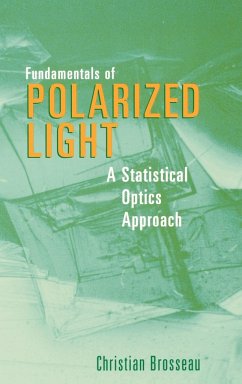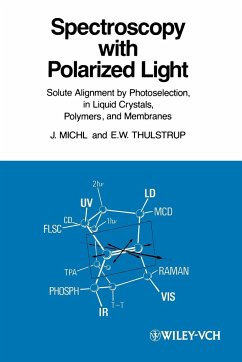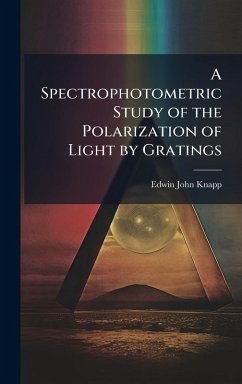
On The Reflexions Of Polarized Light From Polished Surfaces, Transparent And Metallic
Versandkostenfrei!
Versandfertig in über 4 Wochen
25,99 €
inkl. MwSt.
Weitere Ausgaben:

PAYBACK Punkte
13 °P sammeln!
"On The Reflexions Of Polarized Light From Polished Surfaces, Transparent And Metallic" by Samuel Haughton presents a detailed investigation into the behavior of polarized light as it interacts with various surfaces. This scientific paper, originally received and read in June 1862, delves into the complexities of light reflection from both transparent and metallic materials. Haughton's work contributes to the field of optics, providing insights into the mathematical and physical properties governing polarized light. This publication offers a valuable resource for researchers, historians of sci...
"On The Reflexions Of Polarized Light From Polished Surfaces, Transparent And Metallic" by Samuel Haughton presents a detailed investigation into the behavior of polarized light as it interacts with various surfaces. This scientific paper, originally received and read in June 1862, delves into the complexities of light reflection from both transparent and metallic materials. Haughton's work contributes to the field of optics, providing insights into the mathematical and physical properties governing polarized light. This publication offers a valuable resource for researchers, historians of science, and anyone interested in the evolution of our understanding of light and matter. It showcases the meticulous approach to scientific inquiry prevalent in the 19th century and remains relevant for those studying the foundations of modern physics. This work has been selected by scholars as being culturally important, and is part of the knowledge base of civilization as we know it. This work was reproduced from the original artifact, and remains as true to the original work as possible. Therefore, you will see the original copyright references, library stamps (as most of these works have been housed in our most important libraries around the world), and other notations in the work. This work is in the public domain in the United States of America, and possibly other nations. Within the United States, you may freely copy and distribute this work, as no entity (individual or corporate) has a copyright on the body of the work. As a reproduction of a historical artifact, this work may contain missing or blurred pages, poor pictures, errant marks, etc. Scholars believe, and we concur, that this work is important enough to be preserved, reproduced, and made generally available to the public. We appreciate your support of the preservation process, and thank you for being an important part of keeping this knowledge alive and relevant.












